Today is a good day for us to remember our fathers. Both Leah’s father and my father served in the Army in Europe during World War II. As you might expect, as a boy, I was more interested in the details of my father’s military service than Leah (who is a girl) was in hers, so I can remember more than she can.
Here is the only picture we have of Daniel D. Primm Sr taken in Europe during the war. It was during a visit by Eisenhower. Leah’s father is second to Eisenhower’s right, with the dark coat.
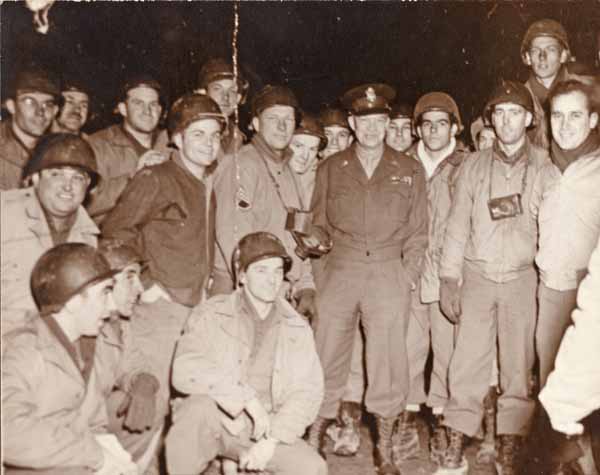
Dan Primm Sr with Gen. Eisenhower
This is my father, Grady V. Paris, taken somewhere in Europe. He didn’t wear a mustache after the war.
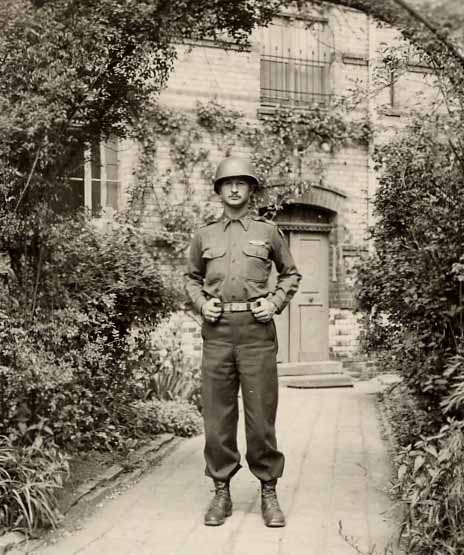
Lt. Grady Paris, Europe, WW II
He was wearing his crossed musket infantry insignia on his left collar. The division patch on his left arm is not really visible. He was in the 104th Infantry, the Timberwolf Division. This is the Timberwolf patch.

Timberwolf Division patch
He was also wearing his Combat Infantryman Badge (CIB).
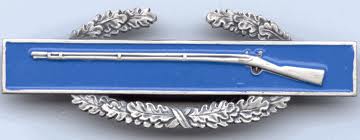
Combat Infantryman Badge
The only way you get this is by being in the infantry and serving in actual combat.
When my father was drafted, he went into the artillery. He wore the crossed cannons insignia.
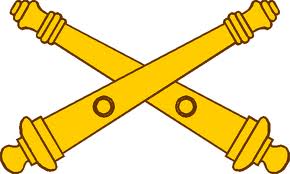
Crossed Cannons
Later, during training, he was transferred to the infantry. He was in an infantry cannon company, but, even though he was still involved with artillery, he had to wear the crossed musket infantry insignia.

Crossed Muskets
Here is a picture of my father during training. You can see the Timberwolf patch. When this picture was taken he was still wearing the crossed cannons. I think this was probably taken in Arizona, where he spent some time in training.
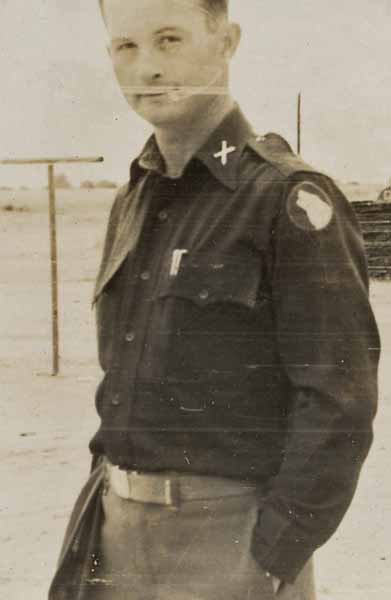
My father during training
I’m pretty sure the cannons his infantry cannon company used were 105-mm howitzers.
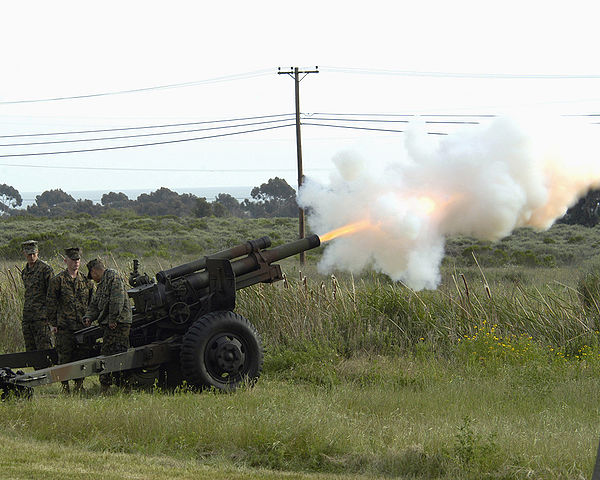
105-mm howitzer being fired
He kept the crossed cannon insignia for as long as he could, until finally an officer told him to put on the infantry insignia. If he had served in the artillery, he wouldn’t have had the CIB.
Later, after the war, Leah’s father left the Army, but my father stayed in the reserves. This time he was actually in the artillery. He ended up as the battalion commander for the artillery unit stationed in Rome. As the technology changed, the artillery began using rockets, and their insignia changed to crossed cannons with a missile superimposed.
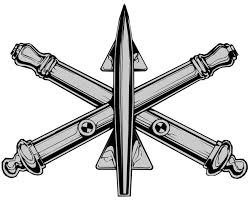
Crossed Cannons and Missile
When I Google this, I find it referred to as the air defense artillery insignia, but this was not what it was when my father was in the reserves. Their battalion was trained with 8-inch howitzers and Honest John missiles. Neither of those is used for air defense.
This is an image of an Honest John I found on the Web.
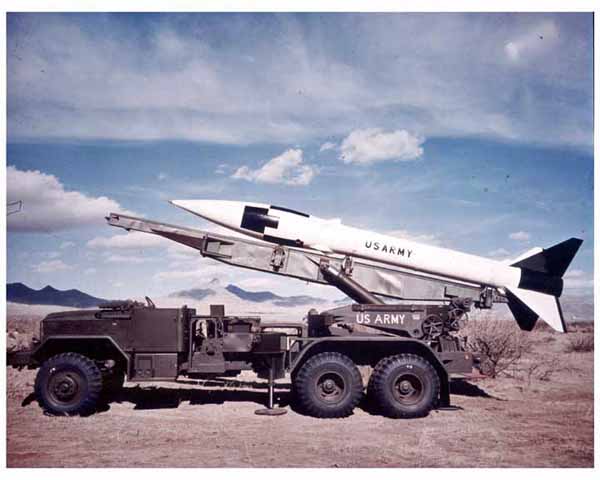
Honest John
Here is an image of the 8-inch howitzer.This is a display that was apparently held sometime in the 1950’s, judging by the cars in the background.
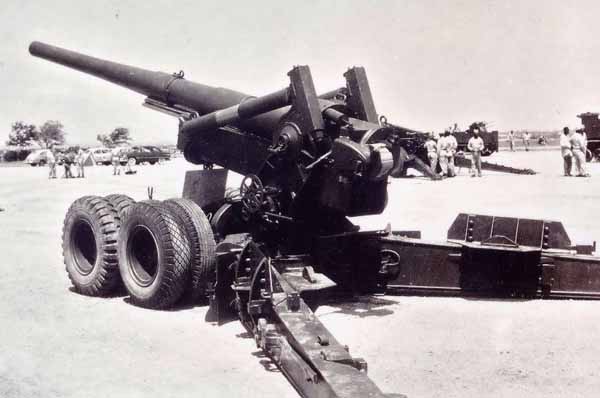
8-inch howitzer
Here is an image I found online of an 8-inch howitzer being fired.
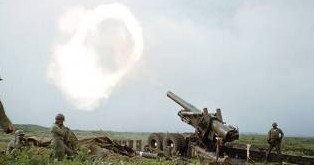
8-inch howitzer being fired
Notice the soldier on the left holding his hands over his ears.
Both the 8-inch howitzer and the Honest John could carry nuclear weapons, and my father’s unit was trained to use them.
In those days, the US was preparing to use tactical nuclear weapons to fight the USSR. Take a moment to imagine that.
After my father retired from the reserves, the US started changing the structure of the reserves. After that, the reserves didn’t have combat units. They all became supply and service units. My father would not have liked that.
I think my father actually enjoyed many parts of his military service, even including combat. He was a forward observer. The life expectancy of a forward observer in combat was short.
He told us quite a few stories about the war. I urged him for a long time to write a memoir, and finally, when he was around 81 or so, he started. My father was not one to rush into anything, so he spent a long time preparing. He put up a WW II-vintage map on the wall downstairs where he had his computer, and he started writing. It seemed like he wrote for a long time. He died in 2000 before his 83rd birthday. A while after he died, I went down and started reading his memoirs. He gave a lot of details about his training, and he told about going to England. He talked about getting ready to land in Belgium, not too long after D-Day.
And then the story ended. He died before he finished writing the most important part of the whole story.
When I think about the monumental events of those days and the part my father played in them, however small it might have been, it makes me sad to think that those experiences are lost. Forever. There will be no first-had account, and when my brother and I are gone, there will no longer be even second-hand accounts.
We emailed Leah’s brother to see what he knows about their father’s service. If he can tell us anything, we’ll post that later.